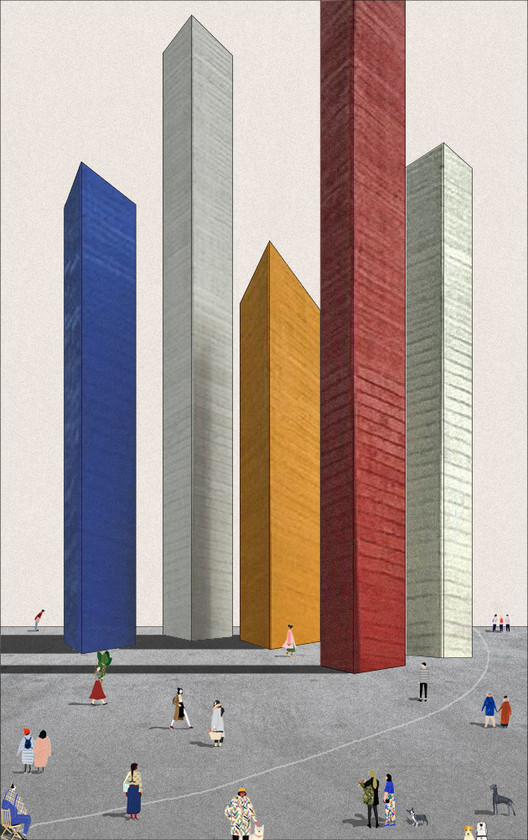
At first sight, when approaching CDMX from the sky, is overwhelming. A sea of buildings indicates an arrival to the fifth most populated capital in the world. The size of the city, makes it difficult to recognize its limits, so it is inevitable to use urban and suburban landmarks such as the Zócalo square (downtown), Tamayo Museum in Chapultepec Park (West), University City, the Frida Kahlo Museum (Coyoacán), and Ciudad Satélite (north exit), to orient yourself.



























